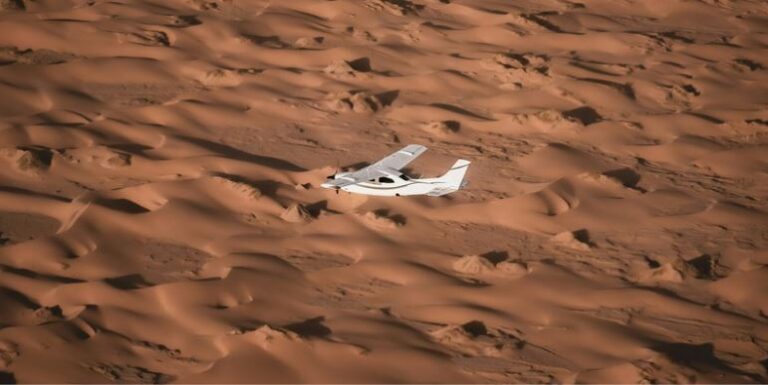NASA Successfully Lands Rover on Mars to Search for Signs of Ancient Life
Pasadena, CA, USA
On July 17, 2024, NASA successfully landed its latest rover, Perseverance-2, on the surface of Mars, marking a historic achievement in the ongoing exploration of the Red Planet. The mission, a collaboration between NASA, the European Space Agency (ESA), and several international partners, is part of an ambitious effort to investigate whether Mars once supported microbial life.
The landing of Perseverance-2 was celebrated by scientists, engineers, and space enthusiasts around the world, as the rover touched down at Jezero Crater, a region believed to have once hosted a river delta and an ancient lake. The site is considered one of the most promising locations for the search for signs of past life on Mars.
Key figures in the mission’s success included Dr. Linda Edwards, NASA’s chief scientist for the Mars mission, and Dr. James Wilson, the mission’s lead engineer. “This landing marks the beginning of a new era of Martian exploration,” Dr. Edwards said in a statement. “We are now closer than ever to understanding whether life existed on Mars millions of years ago.”
The Perseverance-2 rover is equipped with state-of-the-art scientific instruments designed to analyze the Martian surface and collect soil and rock samples for future return missions. Its primary goal is to search for biosignatures—chemical evidence that could point to the presence of ancient microbial life. Scientists will also study the planet’s geology and climate, providing important insights into Mars’ past environmental conditions.
Among the rover’s many advanced features is its ability to autonomously navigate the Martian terrain, allowing it to explore previously inaccessible regions. The rover’s cameras and tools will analyze rock formations, search for organic molecules, and investigate the presence of water, which is essential for life as we know it.
The Perseverance-2 rover is also carrying a new experimental device called the Mars Oxygen In-Situ Resource Utilization Experiment (MOXIE), designed to convert carbon dioxide from the Martian atmosphere into oxygen. This groundbreaking technology could potentially serve as a vital resource for future human missions to Mars, helping astronauts breathe and produce fuel during long-duration stays.
In addition to the scientific research, Perseverance-2 will also attempt to answer the question of whether Mars ever had conditions suitable for sustaining life. Scientists believe that ancient Mars may have had a much warmer and wetter climate, capable of supporting microbial life forms. By analyzing the Jezero Crater, researchers hope to uncover clues that could answer the long-standing question of whether life ever existed beyond Earth.
NASA plans to continue its exploration of Mars through a series of follow-up missions. The success of Perseverance-2 paves the way for further advancements in space exploration, including the potential for human missions to Mars in the 2030s. As the rover begins its mission, the world eagerly awaits the discoveries that may one day change humanity’s understanding of life in the universe.



